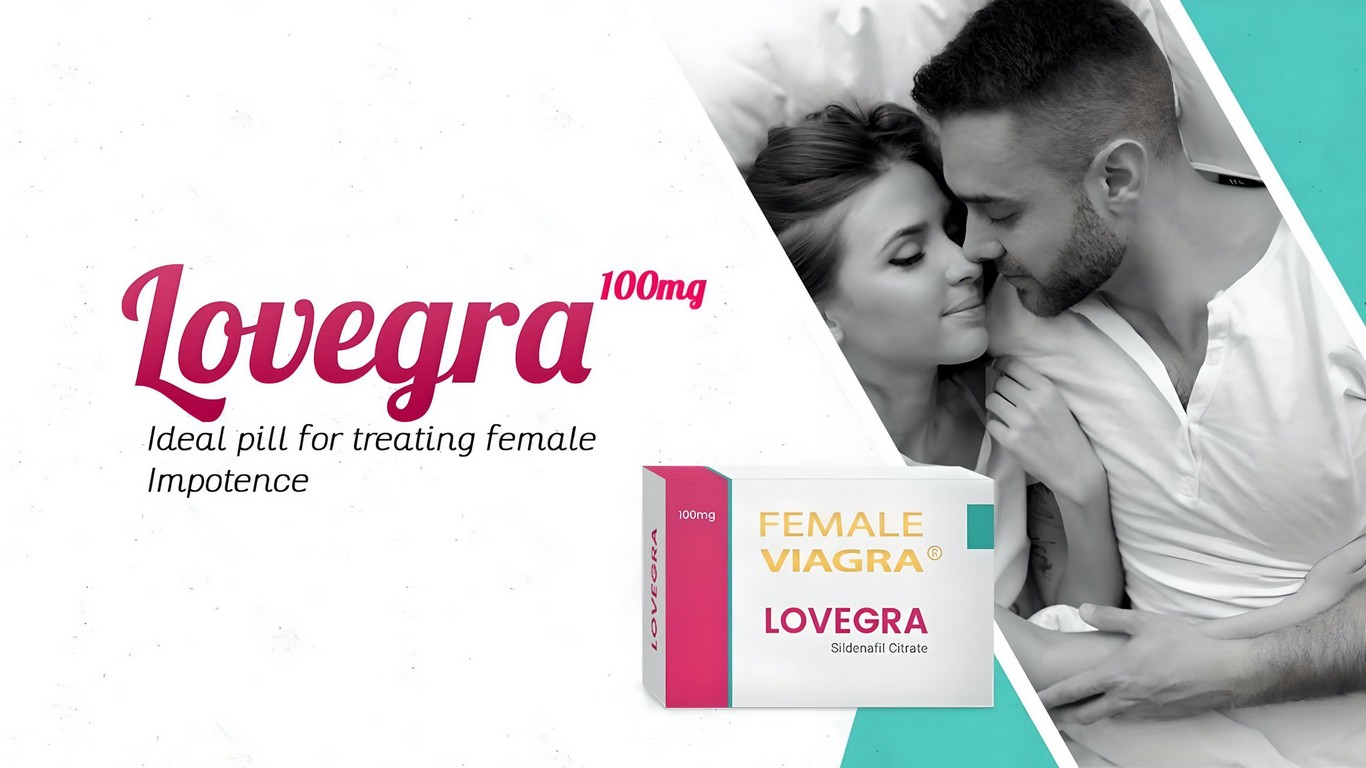Use Medicines Safely
Lovegra: Solution for Women’s Sexual Health
In the journey towards achieving gender equality in healthcare, women’s sexual health has finally begun to receive the attention it rightfully deserves. Amidst this progress, Lovegra, often referred to as “female Viagra,” has emerged as a groundbreaking solution for women looking to enhance their sexual pleasure and overall wellbeing. This medication promises to address sexual dysfunction in women, offering a new horizon of hope and empowerment. Understanding the intricacies of Lovegra, including its mechanism of action, potential side effects, and proper usage, is crucial for women aiming to make informed decisions about their sexual health.
Unveiling the “Female Viagra”
At the core of Lovegra’s composition is sildenafil citrate, a compound designed to invigorate sexual arousal in women by increasing blood flow to the genital area. This enhanced circulation results in heightened sensitivity and arousal, leading to increased lubrication, intensified intimacy, and a rejuvenated libido. For women facing challenges such as diminished sexual desire or difficulty achieving orgasm, Lovegra presents a viable and promising option.
Optimal Dosage
Sildenafil citrate, the active ingredient in Lovegra, works by inhibiting the enzyme PDE5. This inhibition facilitates the relaxation of blood vessel walls in the genital area, thereby augmenting blood flow. To achieve the desired effects, the recommended dosage of Lovegra is 100mg, taken approximately 30-60 minutes before engaging in sexual activity. This timing ensures the medication’s optimal effectiveness, allowing women to fully experience its benefits.
Lovegra vs. Viagra: Understanding the Differences
Although Lovegra and Viagra share the same active ingredient, sildenafil citrate, and both belong to the class of PDE5 inhibitors, their intended uses differ significantly. While Lovegra is specifically formulated for women experiencing sexual dysfunction, Viagra is designed to address erectile dysfunction in men. It’s important to recognize the differences in their dosages, administration guidelines, and potential side effects to ensure their safe and effective use. Lovegra’s action in inhibiting PDE5 prevents the degradation of cGMP within the genital area, facilitating the accumulation and prolonged presence of cGMP. This process is essential for the relaxation of smooth muscle cells, leading to improved blood flow and much more sexually sensitive response.
Safe and Effective Use of Lovegra
To maximize the benefits of Lovegra while ensuring safety, several steps should be taken:
- Consultation with a Healthcare Provider: It’s imperative to seek a personalized assessment and dosage recommendation from a healthcare professional before starting Lovegra.
- Adherence to Dosage Instructions: Following the prescribed dosage meticulously and avoiding substances like alcohol and grapefruit juice can help mitigate potential side effects.
- Awareness of Side Effects: Being informed about common side effects and promptly communicating any severe reactions to a healthcare provider is crucial.
Precautions
While Lovegra offers a path towards enhanced sexual pleasure, it’s important to acknowledge that it may not address all factors contributing to sexual dysfunction, such as psychological or relational issues. Setting realistic expectations and addressing underlying concerns are integral steps towards achieving a satisfying sex life.
Conclusion
Lovegra stands as a beacon of hope for women seeking to reclaim their sexual vitality. By fostering a deeper understanding of Lovegra’s functionality, safe usage, and the significance of healthcare guidance, women are better equipped to confidently explore their sexual health options. Through informed decision-making and open dialogue with healthcare providers, Lovegra has the potential to significantly enhance women’s sexual wellbeing and overall quality of life. This development not only marks a significant step forward in women’s healthcare but also underscores the importance of addressing sexual health as a fundamental aspect of overall wellbeing.

